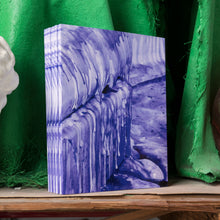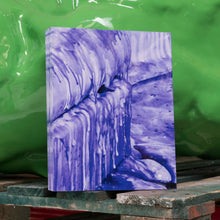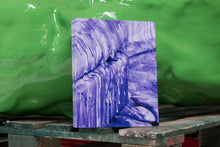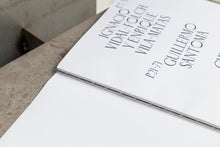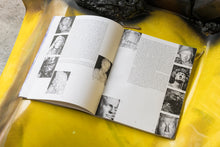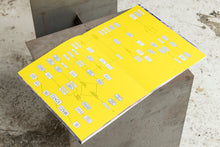
Español-English
240 x 320 mm
Diseño gráfico: Raquel Quevedo
Edición limitada / limited edition: 500 ejemplares
Gastos de envío gratuitos dentro de España
Chus Martínez
Ignacio Vidal-Folch
Enrique Vila-Matas
Guillermo Santomà
(2019)
Me parece muy sugestivo tu propósito de buscar en la abundancia de la casa Cerralbo los errores más interesantes, las incongruencias, lo ausente, precisamente lo que falta. Ese interés lo asocio a un vago y antiguo deseo tuyo de desaparecer. Deseo paradójicamente asociado a tu hiper-presencia: cuanto más desapareces, más estás. El anhelo de la desaparición era una forma tuya de estar, de super-estar… de superstar.
Si en lugar de ir a París, finalmente, al estilo de Herzog, vas caminando al Cerralbo a ver las obras de Santomá, yo te acompañaré, tenlo por seguro. A ti te cae a la vuelta de la esquina. Y a mí más lejos, pero desde mi poblado, puedo llegar a caballo, buscando el ritmo del Jinete de Moreau.
Guillermo Santomà is an artist based in Barcelona. In a few words, he could be described as being interested in how a space is affected by the production of elements vaguely similar to furniture as well as by chromatic interventions. It seems that the force that motivates his interest in the house of the marquis is driven by the question: how does the social space of a reactionary mind look? The question is a sensitive one because we tend to ascribe the practice of art to liberal values, even though there are plenty of historical examples of artists who by no means share such principles. Yet Santomà’s intervention adds another twist: the artist is not only interested in how politics shapes character and how character shapes taste, but also how, then, taste shapes the body. Do ultra-conservatives sit in chairs similar to the liberals’?
I read his insistence on placing his work there as act to study the nature of transformation, of the relation between human agency and power, as well as nature (present in all the materials) and technology (as in all of us in relation to the space and its objects). The different works he decided to introduce in the palace act as the containers of the main problem the house and its past poses to us and our time: the importance of the simultaneous representation of existing and non-existing phenomena. How can art or an artwork sustain a double vision between the tangible and the intangible?
Does anybody know if the toilets at the palace of Cerralbo are gender neutral?
Un conjunto de capas y capas de literatura oblicuas y entrelazadas a cargo de Chus Martínez, Ignacio Vidal-Folch, Enrique Vila-Matas así como del propio Guillermo Santomà. Todo ello acompañado de las fotografías de José Hevia y Rafa Castells que documentaron la intervención que tuvo lugar durante 2019 en el Museo Cerralbo de Madrid, producida por Side Gallery y Etage Projects.










